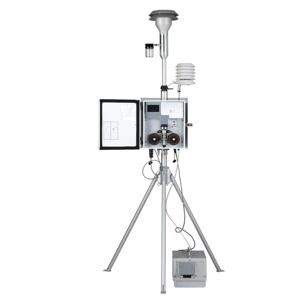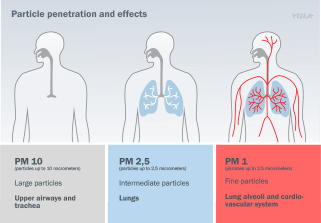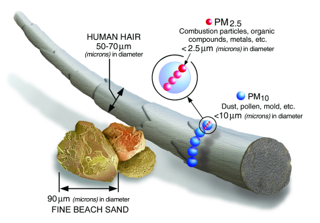Bethel Road Dust Monitoring Project

2025 Road Dust Study
DEC Division of Air Monitoring & Quality Assurance will be conducting a study in spring 2025 (May-August) time frame along a residential roadway in Bethel to assess the impacts of road dust on ambient air quality. The study was initiated to address increasing public concerns regarding airborne road dust presence in the dry summer months. DEC is partnering with the City of Bethel, the Orutsararmiut Native Council (ONC), and the Yukon-Kuskokwim Health Corporation (YKHC) to ensure that community stakeholders are meaningfully engaged and benefit from this study.
Study Goals
- Assess and document the impact of road dust on ambient air quality during the spring and summer seasons by measuring the PM10 and PM2.5 concentrations along a residential roadway in Bethel.
- Collect meaningful data that can help guide public health decisions and dust mitigation efforts.
Study Methods
- Deploy five Environmental Beta Attenuation Monitors (E-BAM) that will measure ambient air quality in Bethel.
- Measure both fine (PM2.5) and coarse (PM10) particulate matter concentrations for approximately four weeks during 'breakup' season.
- Review, validate, and analyze the data and provide a report to the study partners at the conclusion of the project.
What is an E-BAM? How does it work?
An E-BAM is a device that measures different size particulate matter - the device uses filter tape to measure particulate matter (PM) concentrations on an hourly basis.

- PM inlets: The PM inlets are openings that draw air in from the environment. These openings are designed to collect tiny particles, such as road dust in the air. PM inlets allow only particles of a particular size to be collected, such as PM10 and PM2.5.
- Sampling with filter tape: Once the air is pulled in through the inlets, it passes over a filter tape, which collects the particulate matter. As the air moves across the tape, tiny particles get stuck to it. The E-BAM analyzes the filter tape each hour to determine the concentration of particulate matter left on the filter tape.
- Ambient relative humidity (RH) and temperature: The device also measures the temperature and relative humidity around it. It is important to know the ambient relative humidity and temperature because the moisture in the air can change how the particles in the air behave. For example, humidity can make particles swell or change their size. So, the system keeps track of these environmental conditions to make sure the data it collects is accurate, no matter how the weather or air conditions might change.
The difference between PM2.5and PM10
- Size difference: PM2.5 refers to tiny particles that are 2.5 micrometers or smaller in diameter (about 30 times thinner than a human hair), while PM10 particles are a bit larger, up to 10 micrometers in diameter.
- Health impact: PM2.5 particles are smaller and can go deeper into the lungs or even enter the bloodstream, potentially causing more serious health issues. PM10 particles are larger and mostly get trapped in the nose or upper airways.
- Sources: PM2.5 is often caused by things like car exhaust, industrial pollution, and wildfires, while PM10 can come from dust, construction, and larger particles like pollen.


Documents
| Date | Title and Document Download |
|---|---|
| 5/6/2025 | DEC Fact Sheet - Bethel Road Dust Study (PDF 190K) |
| 5/1/2025 | Quality Assurance Project Plan - Bethel Road Dust Study (PDF 3.6M) |
Contact Us
- Lydia Johnson
- Program Manager, Sensor Network and Data Acquisition
- Fairbanks, AK

 Indicates an external site.
Indicates an external site.